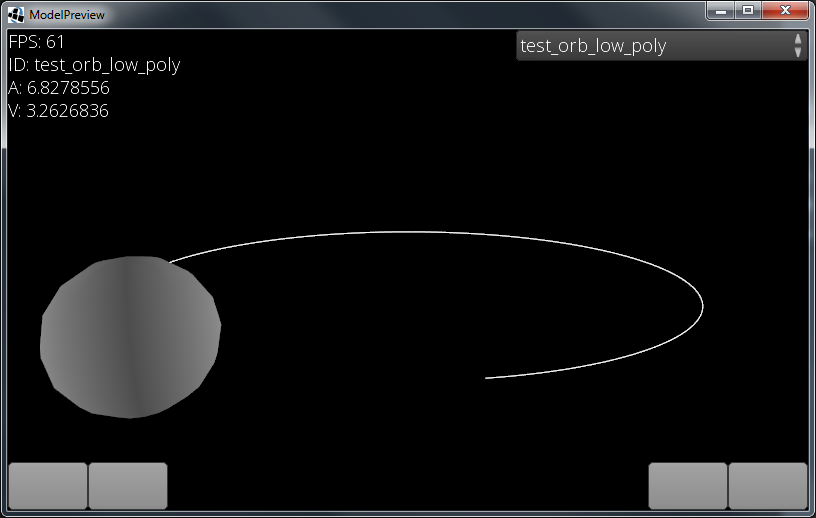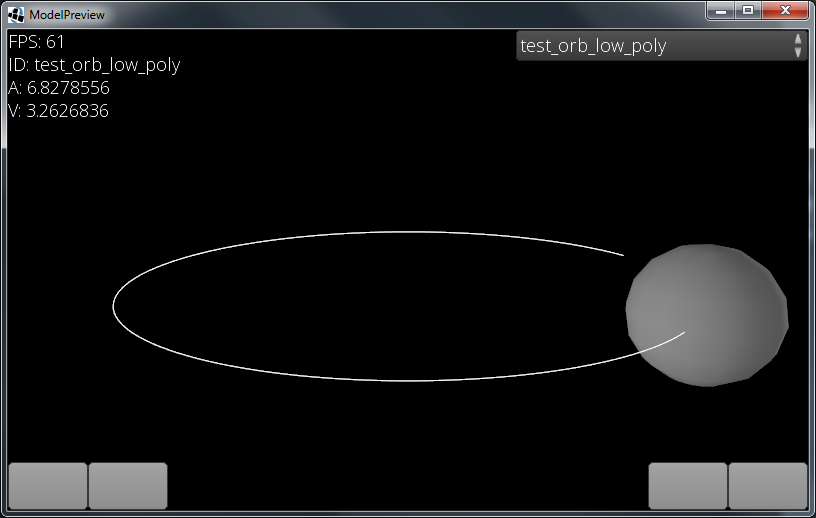Hello!
I am experimenting with 3d and using LibGDX platform. I want to do "engine trail" effect in 3d space. Well, a more simple version would be simple lines.
Tried with GL Immediate Mode and it looked nice, but the problem is the amount of draw calls!
It was around 150 calls to draw pretty curved line. One line.
And the solutions of itself isn't valid, because i have to create different model instances, and transform them separately to make a curved line in order to draw in a proper model batch.
Is there any spreadsheet or information on what is considered "normal" amount of draw calls for a mobile/desktop game?
It seems that most 3d effects take up a lot of resources, but i have no idea to benchmark what is normal and what is a no no.
Example of what i am trying to achieve.










